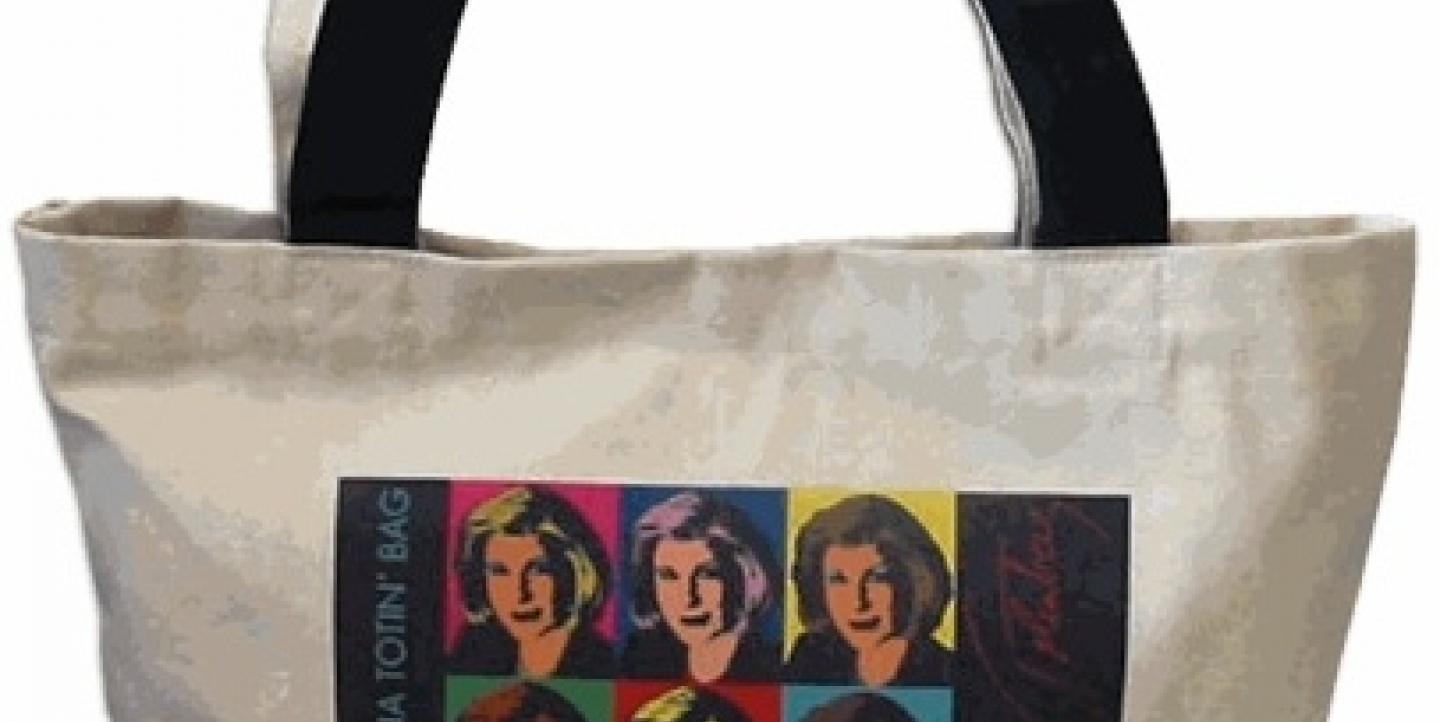Public media aren't all about fundraisers, public service announcements and emblazoned tote bags. They are transforming into pioneers of the digital age by tapping into their most critical resource - the public.
At a recent event, SaveTheNews.org - a Free Press campaign - gathered the BBC, American Public Media (APM), Association of Independents in Radio (AIR) and Public Radio Exchange (PRX) to discuss how public media are using community engagement and technology to stay relevant in journalism.
Once dubbed the broccoli in a doughnut world of media, public media is shedding this image thanks to online crowdsourcing and increased transparency.
Story Exchange is a platform where reporters can post story ideas and citizens can contribute small donations to stories they want to be told. Spot.us created this model of community-based funding but PRX geared it toward public media outlets, like Louisville's NPR news station that received funding and published four stories through this model.
This model makes it possible for reporters to investigate public service stories they initially didn’t have the resources to tell. Citizens can also donate their talent by taking pictures, finding sources, digging through public records or just lending a tip.
Public Insight Network (PIN) is a network of more than 100,000 volunteer community sources created by APM. This platform enables journalists to get to the root of an issue by finding unique sources with a personal side to the story. Reporters and editors can sign up to be partners of the network, tapping into the database with a request for information.
Public media stations make up the bulk of users, but outlets like ProPublica and The New York Times are also members. The Times recently used the network to gather stories for an article on the Occupy Together movement. PIN also provided sources that broke the Chino prison story in 2009.
PRX developed a codebase to create mobile applications customized to public media stations. WGBH in Boston has a mobile app that delivers common features like news and music, but it has a unique aspect - a feature called “Assignments” where locals can submit story ideas they consider newsworthy.
LocaLore is an initiative pairing ten leading producers with local radio stations to spark a community wide interest in public media with a digital edge. The project’s premise is to go outside - of the box and to the community - to reinvigorate the way public stations tell the news.
This projects expands on AIR’s previous demonstration project - Maker’s Quest 2.0 - that spawned projects like Mapping Main Street, an collaborative documentary that captured everyday life on 797 main streets nationwide.

